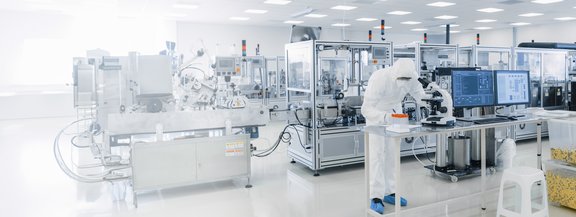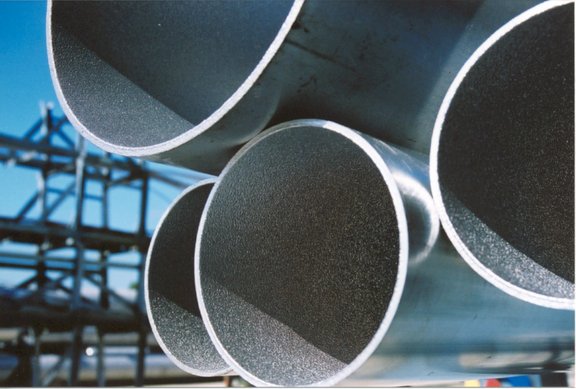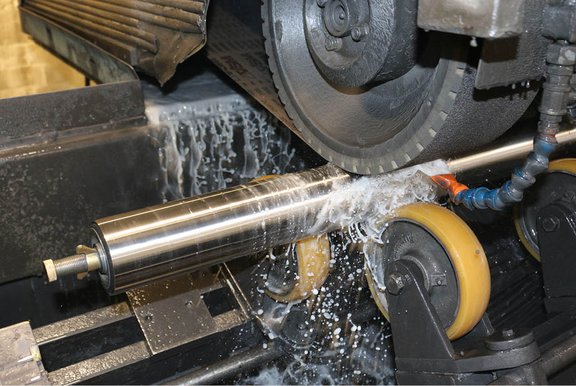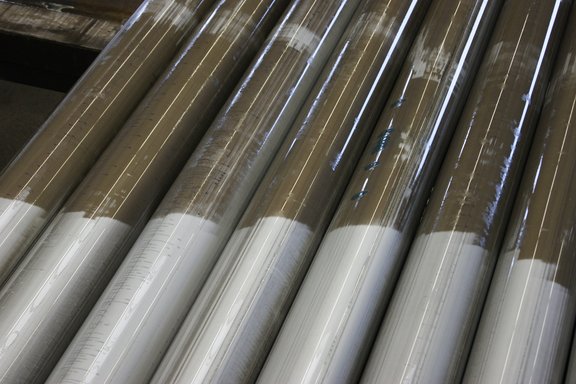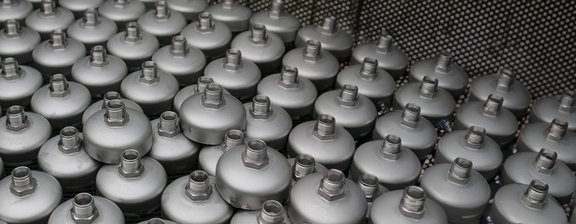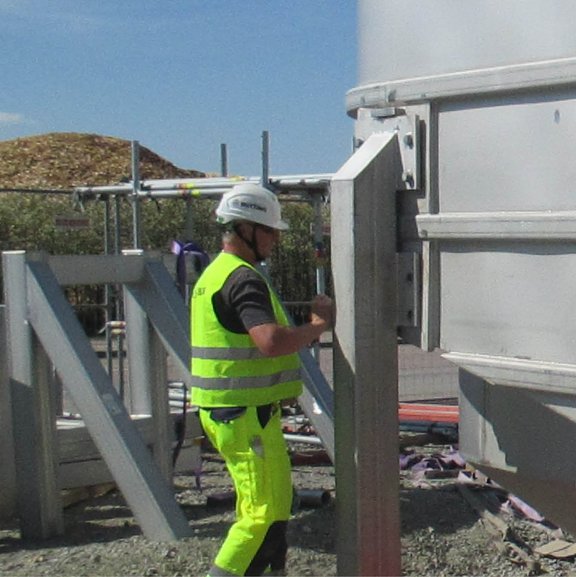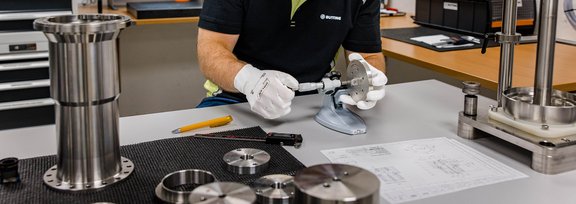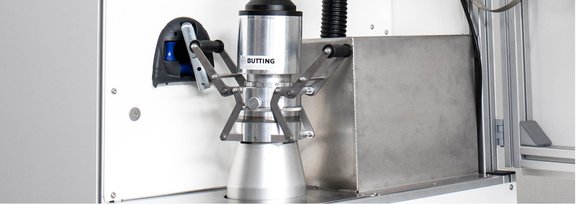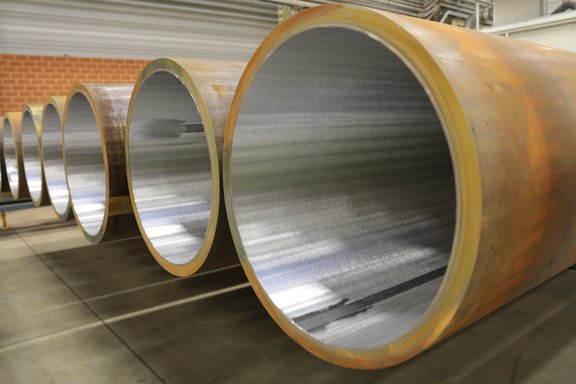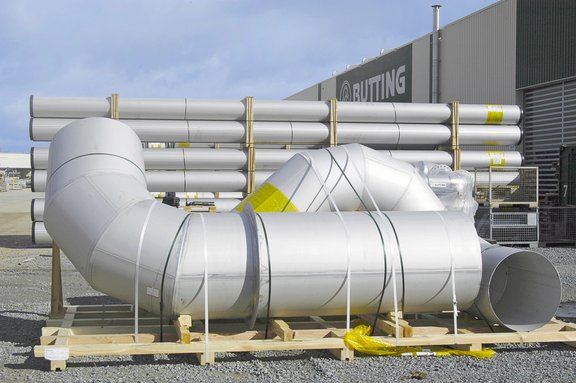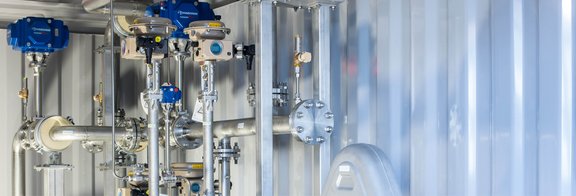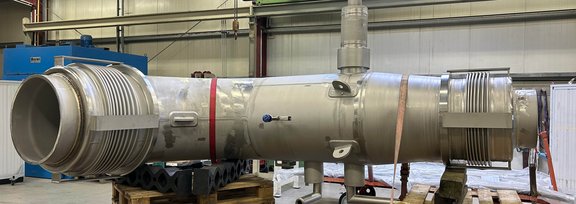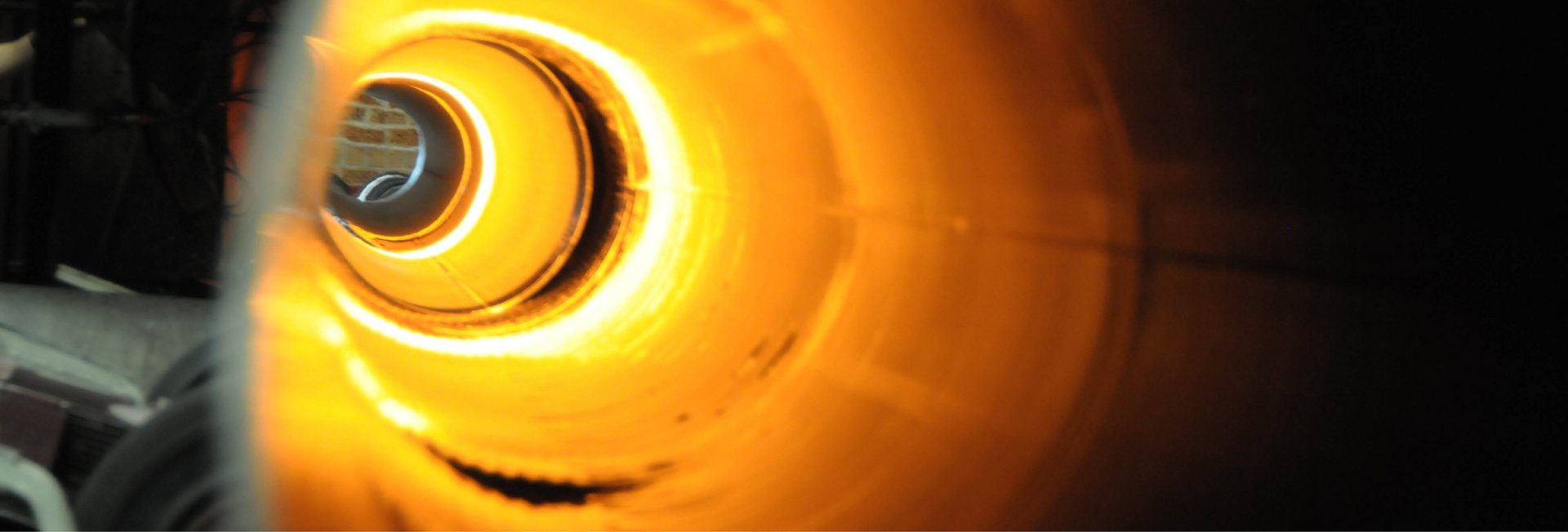
Surface treatment
Pickling, blasting, sanding
Customised surfaces
The surface of stainless steel changes during production. Corrosion resistance can only be achieved with a clean metallic surface. The surface can be treated using chemical processes, such as pickling, or mechanical processes, such as blasting or grinding.
Chemical pickling after production is a standard procedure at BUTTING. It enables us to guarantee optimum corrosion resistance of our pipes and components.
You can also specify various other surface finishes:
- Selection of primary material depending on the specified surface finish (material from cold or hot rolled strip)
- Weld smoothing
- Individual specifications for roughness requirements
- Grinding of the outer and inner surfaces
- Blasting of the outer and inner surfaces
For pneumatic conveying
Roughened inner surfaces
At BUTTING, we use different processes to achieve a pre-defined roughening of the inner surface: In shot peening , the pipe surface is compacted and roughened by vertically impacting steel balls. In the case of roughening , the inner surface of the pipe is deepened by the pressure of a toothed roller, creating a predetermined structure.
Shot-peened or roughened pipes from BUTTING offer a decisive advantage: they transport your goods particularly gently, practically without abrasion or crushing. The shape of the bulk material is retained and your pipework remains free of blockages.
Pickling is a standard procedure
Innovative pipe pickling
In order to ensure optimum corrosion resistance of our pipes and components, chemical pickling after production is already standard practice for us. Pipe pickling is one of the most important areas of our stainless steel pipe production.
Based on decades of experience, an innovative new plant was built in 2020 that is proven to be effective in terms of pickling chemistry, neutralisation and environmental management. Here, our pipes are pickled at higher temperatures, which has a positive effect on the pickling result and reduces pickling times.
We also have pickloing facilities for components, a specialized pickling line and the option of spray pickling.
Cold-rolled primary material
Depending on the intended use, specific surface finishes are already taken into account during pre-selection. For cold-rolled primary material with wall thicknesses of up to approx. 6 mm, roughness values of max. Ra 0.5 μm are not exceeded - a prerequisite for the production of pipes for foodstuffs in accordance with DIN 11850 and drinking water pipes in accordance with DVGW worksheet GW 541.
Hot-rolled primary material
The roughness values for hot-rolled primary material are around Ra 3 to 8 μm. If higher surface requirements must be met, subsequent machining is required. For technical applications, the required Ra values for defining the product surface are sufficient for the exact realisation of your specifications.
Customised product solutions
Solutions for many industries
At BUTTING, we manufacture according to the specific requirements of your industry, in every technically possible design and in accordance with all current regulations. We have the right solution for each of your projects.
Chemistry

Energy
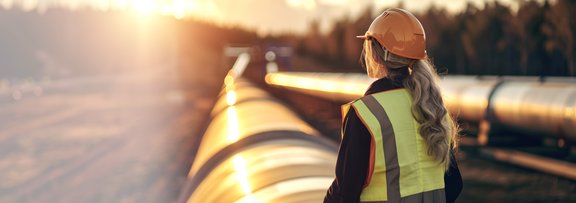
Vehicle construction
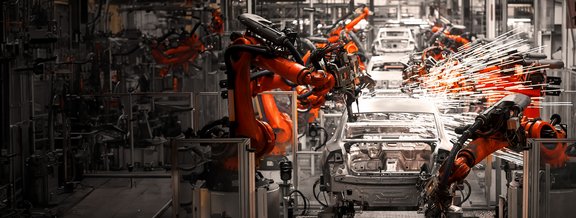
Food
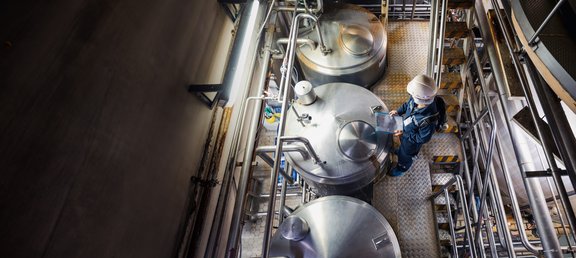
Aerospace

Maritime economy
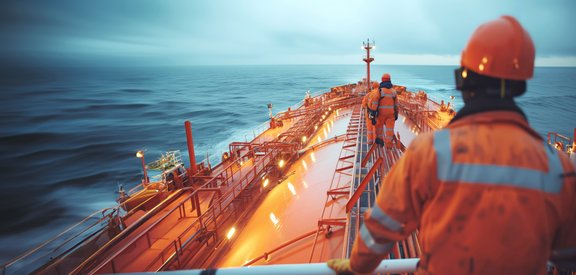
Mechanical and plant engineering
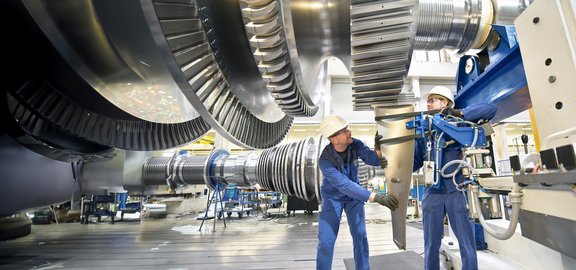
Paper and pulp

Pharmaceuticals
